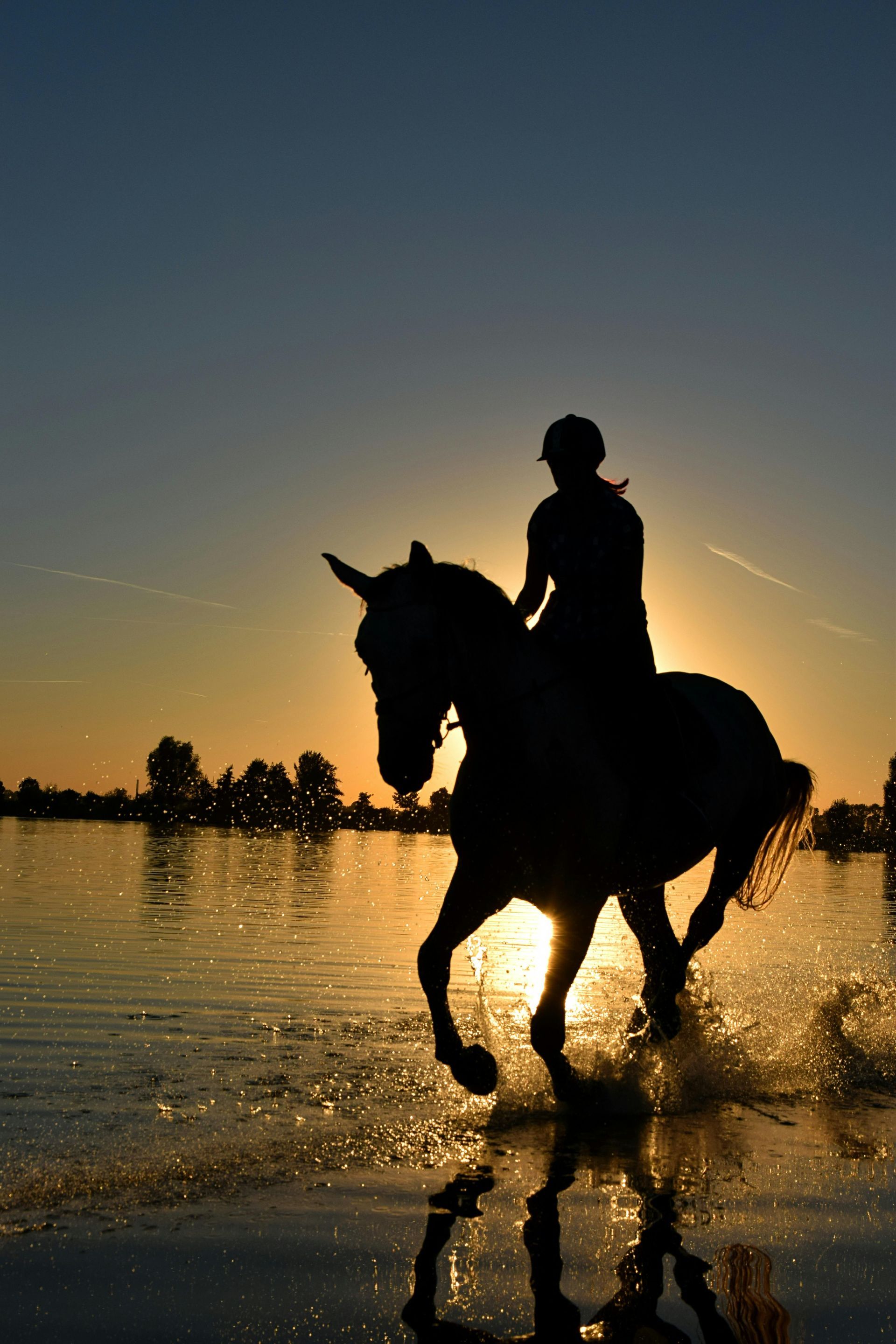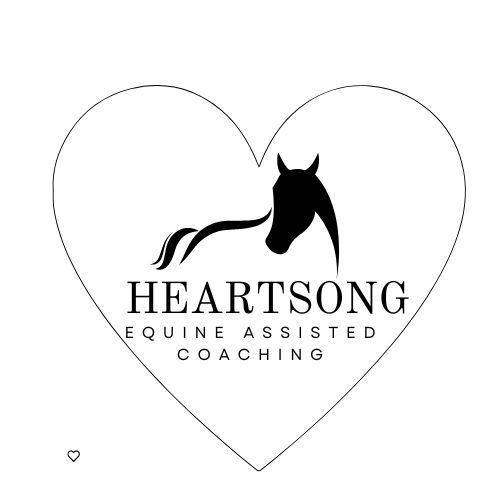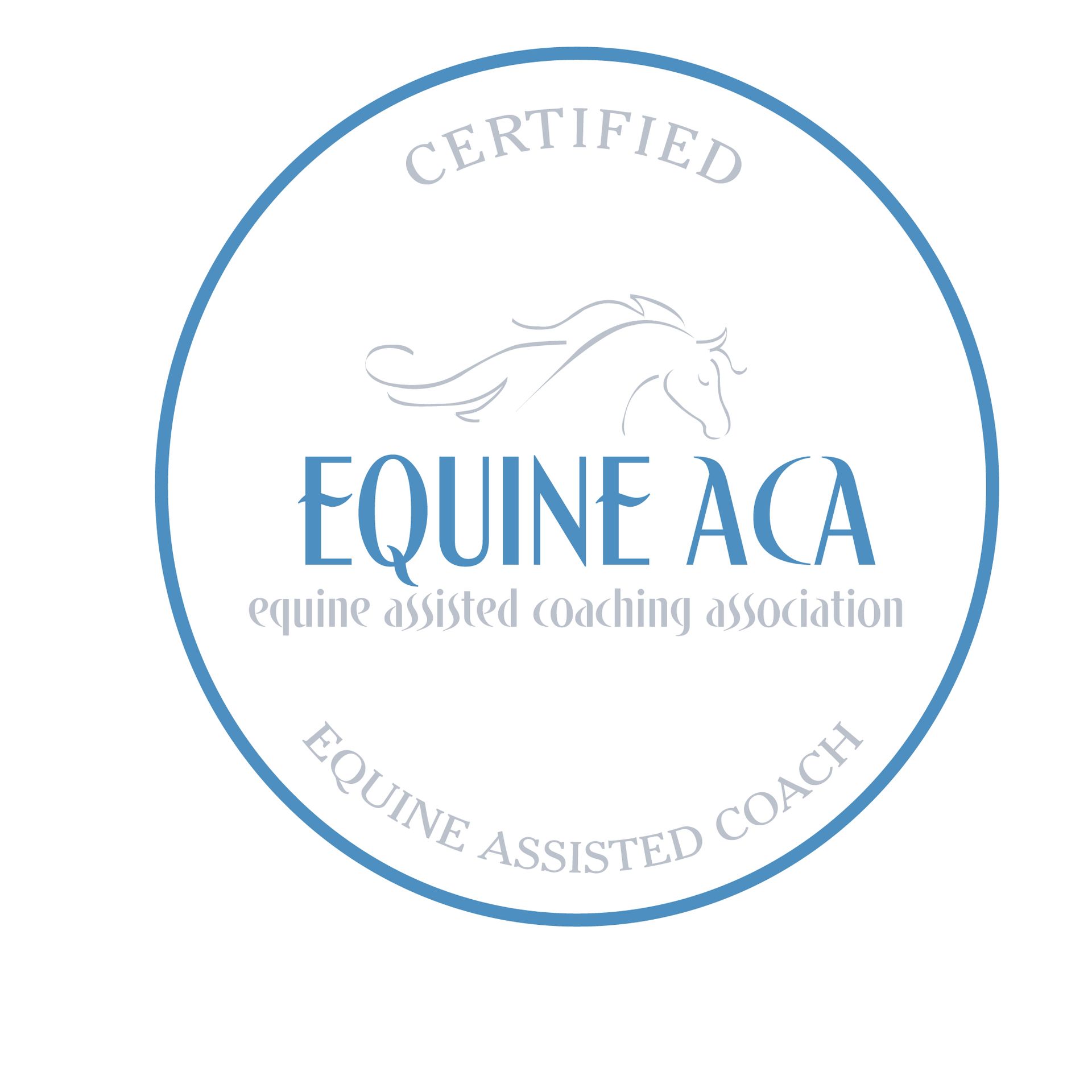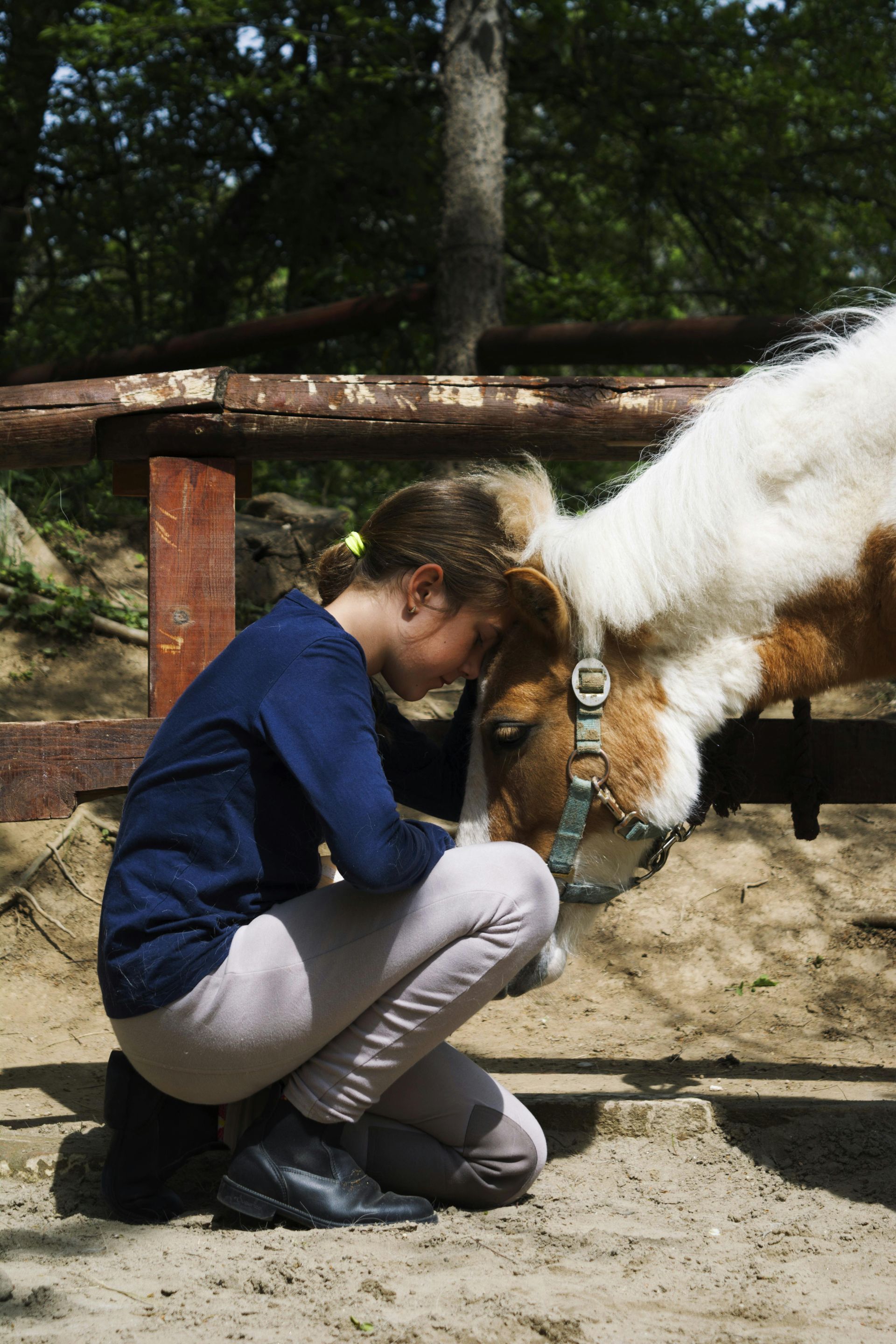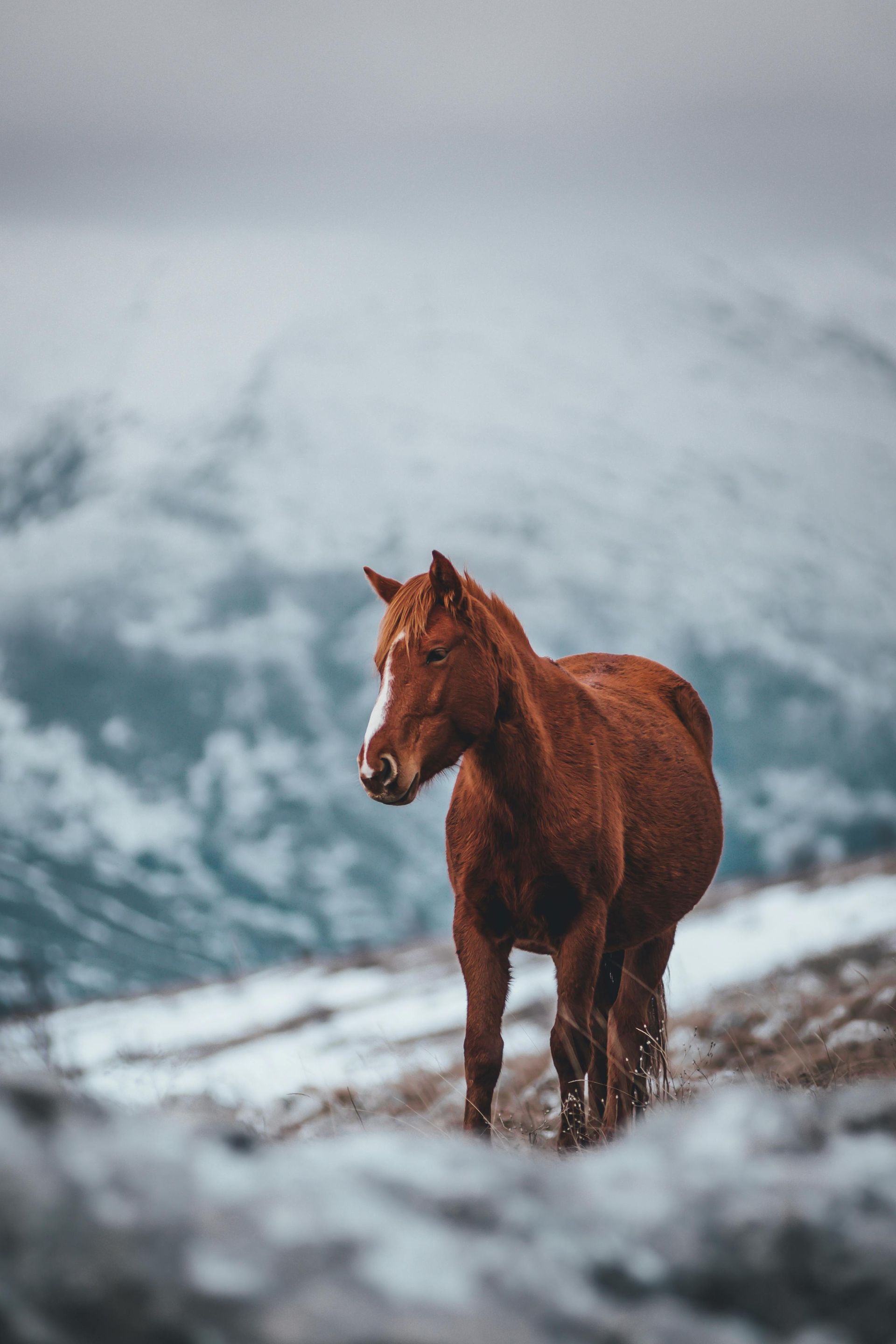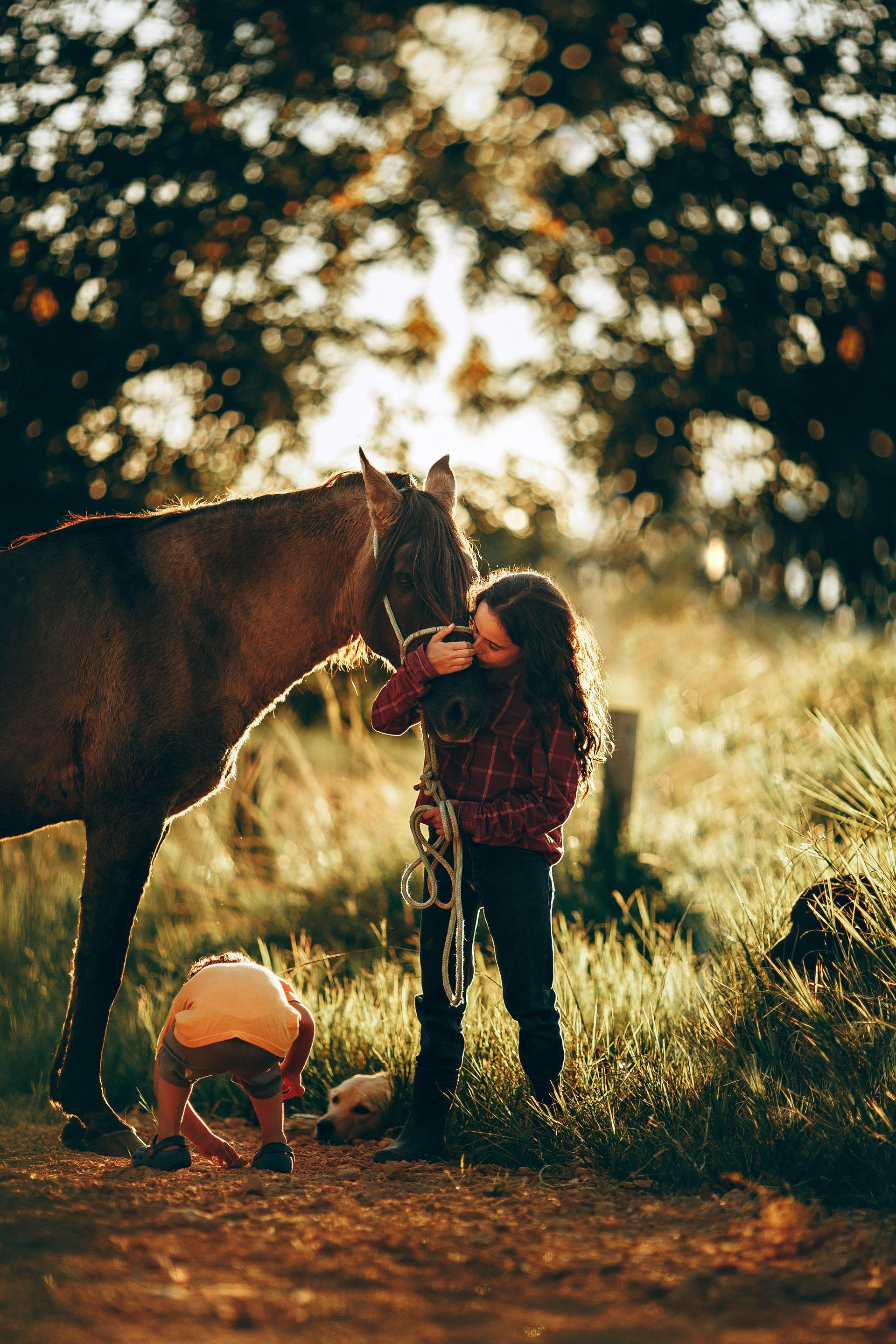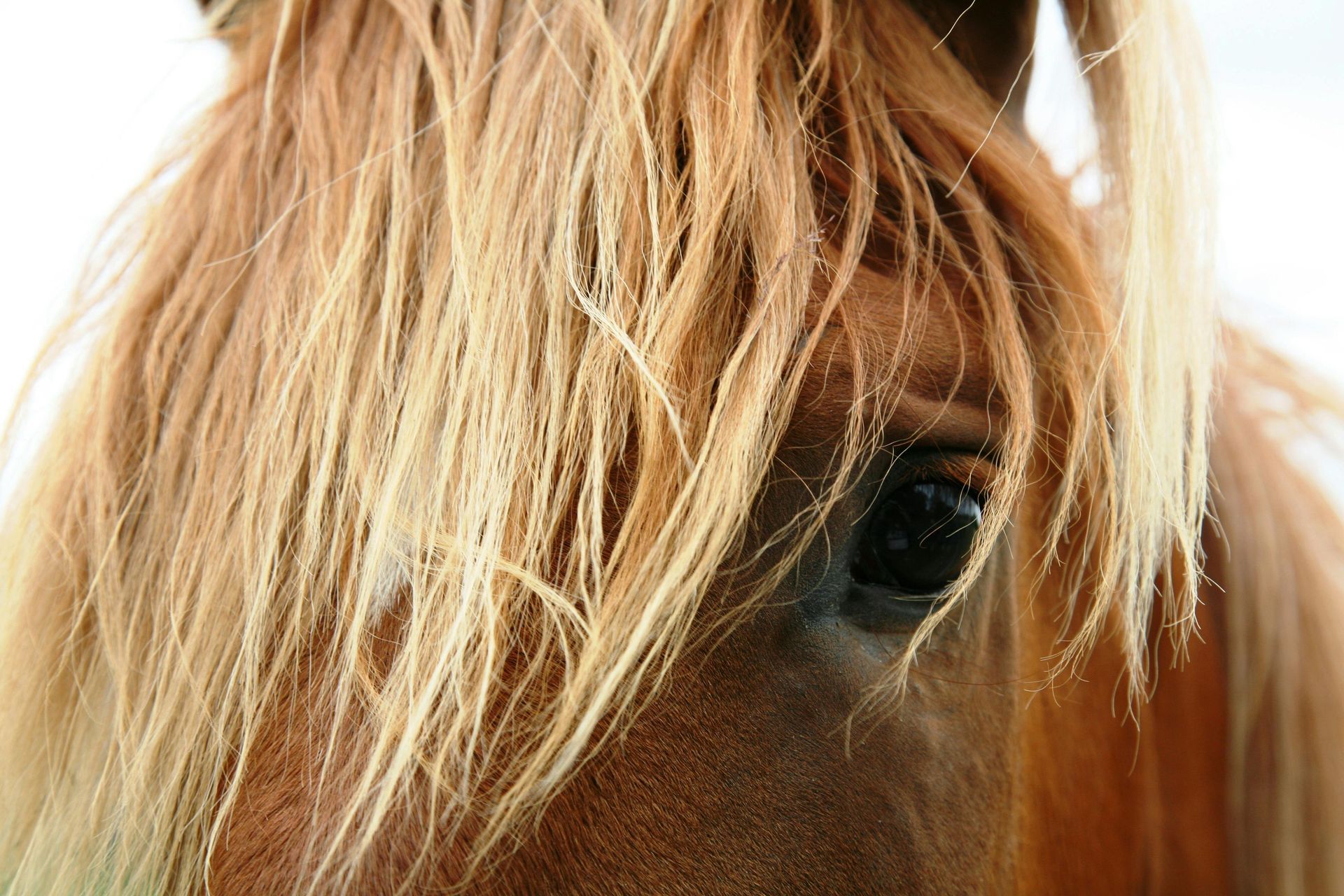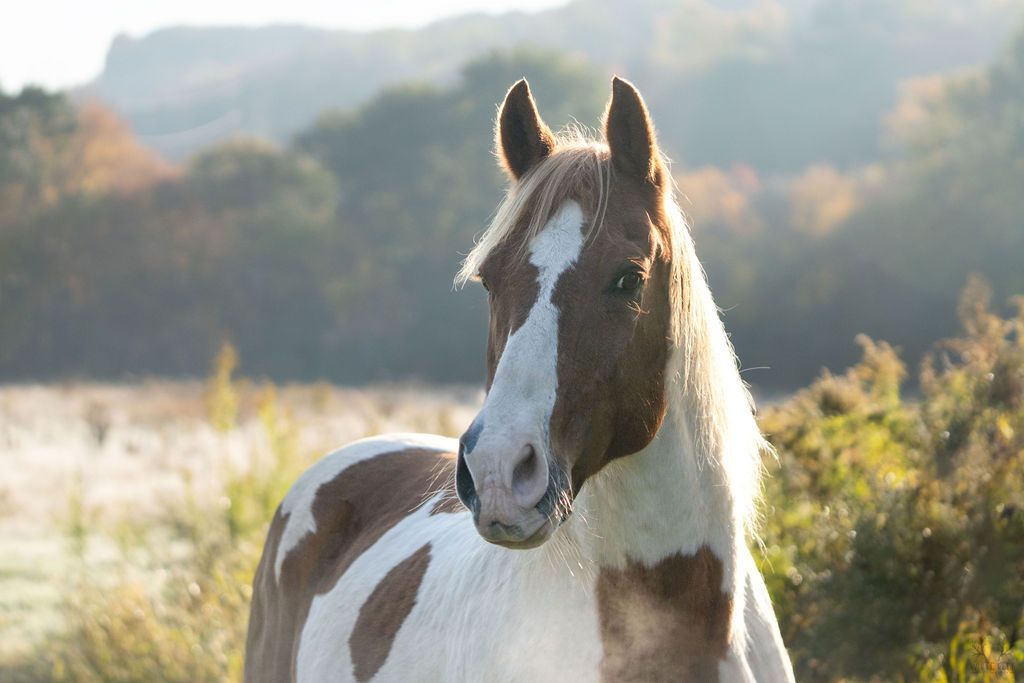A Boundary Setting Activity: Communicating Your Needs With Confidence
How horses help clients practice healthy boundaries
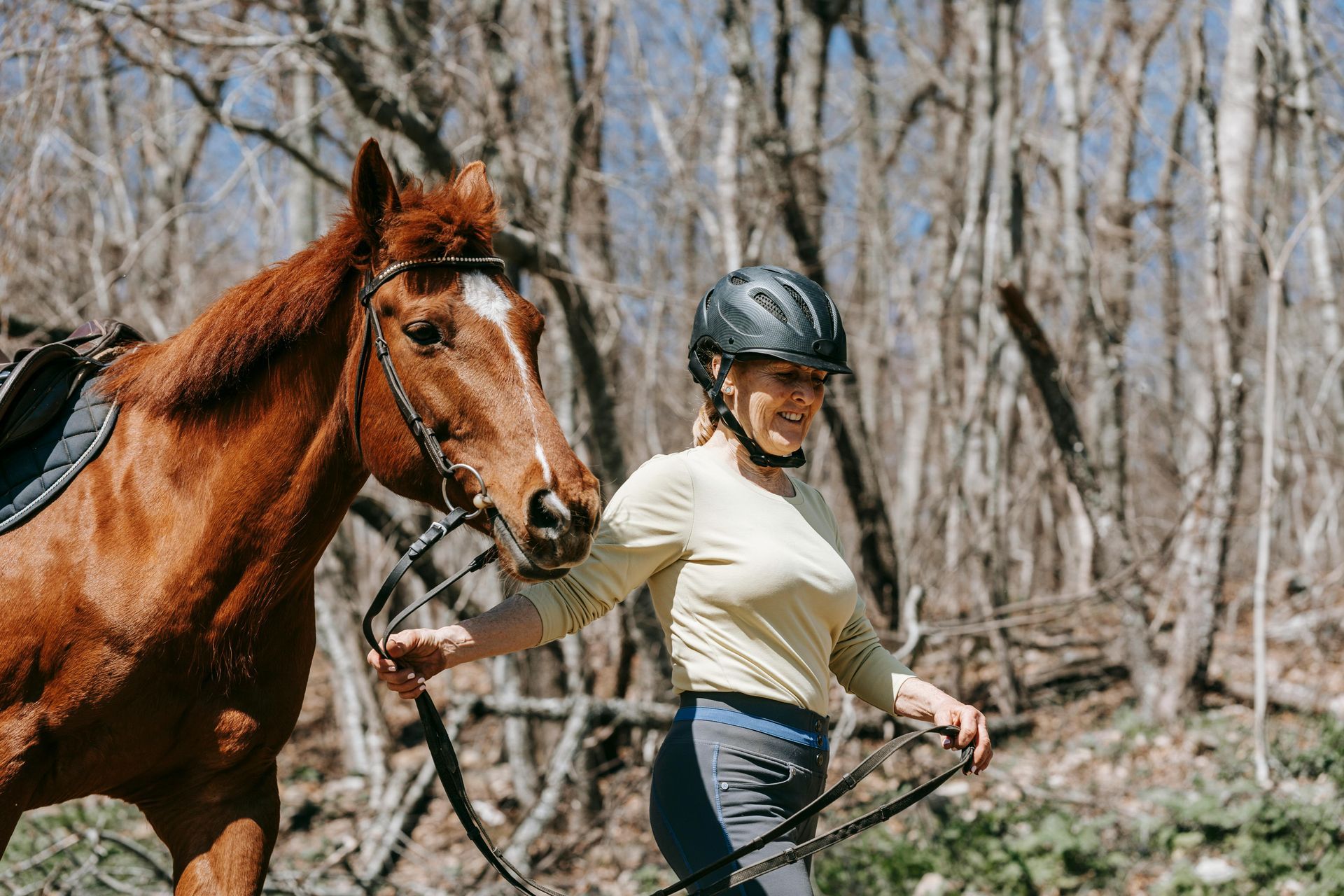
We hear a lot about boundaries these days, but knowing you need to have them, and knowing how to actually put this into practice is a different thing all together. When a person learns how to handle a horse safely and correctly, boundary setting becomes a necessity.
Did you know that horses are actually very respectful of boundaries? Horses are masters at nonverbal communication, and boundary setting is one way they communicate love and respect. The more you communicate this back to the horse, the stronger your relationship with them will be. The best part of this in EAC is that you can “experience” boundary setting which is the best way to learn!
Why boundaries are important in our world with people. Boundaries keep people safe, and keep us from stressful and difficult situations. Unfortunately, I have seen all to often, young people, especially girls, unable to be assertive enough to set boundaries. Perhaps they were taught that obedience was more important than assertiveness. When people are able to set and communicate healthy boundaries, it fosters healthier relationships. Just like with people, boundaries with our horses can create more authentic connections with them.
When we set boundaries with our horses, we are safer, and the horse feels more comfortable and relaxed. Boundaries are not about power and control, but rather, about respect, connection and safety. What does this look like when interacting with a horse?
First and foremost, take the time to observe horses in a pasture. Learn how they use their tails, ears and body language to communicate to each other. For example, their ears are pinned back, this means they are uncomfortable or angry. When you enter into the field to get your horse, notice when if become visibly uncomfortable with your presence. Just like with people, On some days they may have a larger “bubble” around them., not wanting you in their space. Others days it will be small, other days they may come running toward you. The better your connection and trust is with your horse, the smaller their “bubble” will be. Remember, you also have personal space. Your horse should always be respectful of that, and certainly, if they attempt to bit you, they are not respecting you or your space. Hopefully, they will have learned early on that that is not acceptable. When you halter your horse and lead your horse, they should understand to respect your space. You teach them your boundaries by what you permit them to do. Sound familiar? This crosses over to human interactions as well.
EAC activity: Here is an activity clients can do with a horse to practice boundary setting.
Preparation: in a designated area, like an arena, set up an obstacle course using objects you may typically find in an area, cones, barrels, posts. This should be a path, large enough for the human and horse, but narrow enough that the horse needs to understand the directions of the person. Ask the client lead their horse through this course, clearly communicating their direction and maintain their personal space. Try this with a lead rope, and then “at liberty”. At liberty is with the horse off the lead, allowed to move freely. Observe how the horse responds to different energy levels, and boundaries set by the client. Note the energy and intention of the client.
Safe Handling Tip: due to the nature and sometimes unpredictable nature of horses, these activities should only be done under the supervision of a qualified coach in a safe environment.
The EAC Coach may ask reflective questions based on observations, but always respectful and nonjudgemental. For example, the coach may ask, “ can you name how you felt when….what was the thought behind that feeling?….Would you like to feel differently? What would it take to feel differently? What happened when…what is working? What is not working?How did the horse respond when..? How did your energy and intention align with your request? What did this activity teach you?
Safe Handling Tip: due to the nature and sometimes unpredictable nature of horses, these activities should only be done under the supervision of a qualified coach in a safe environment.
